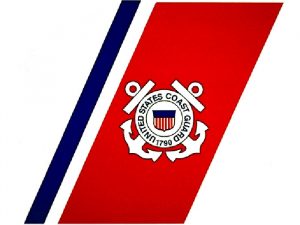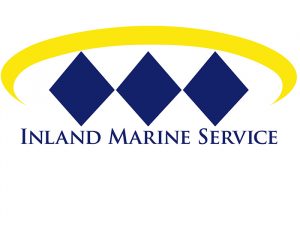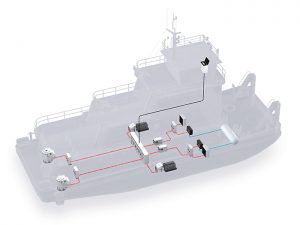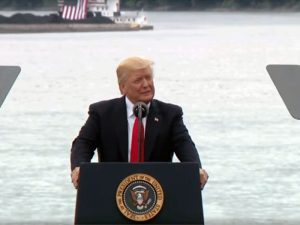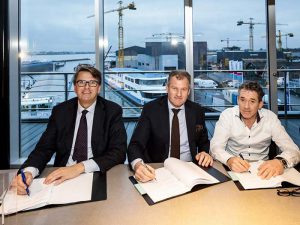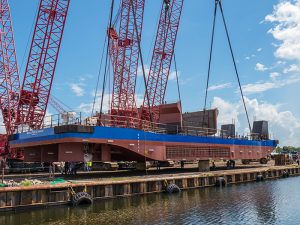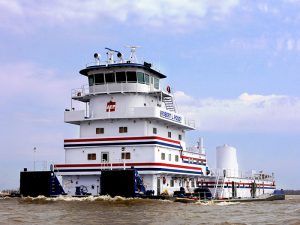
Becker Marine Systems introduces latest rudder technology to inland waterways market
Becker Marine Systems continues to provide advanced rudder solutions for the Inland Waterways market with the introduction of its “Late Separation” High Lift Flap rudder profile. This design was incorporated first on


